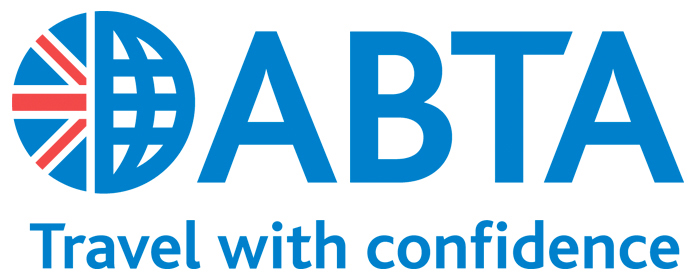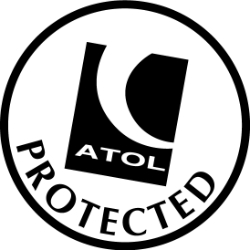Etosha
Etosha National Park has the highest concentration of wildlife in Namibia. Including the very popular “Big Five” of Africa’s wildlife – elephants, rhinos, lions, buffalos and leopards, there are (mainly due to animal conservation efforts) over 130 other mammal species such as giraffes, zebras, hippos, various species of monkeys, wildebeests, hyenas or wild dogs. However, many other bird species such as pelicans, marabous or birds of prey can also be seen at the waterholes.
Thanks to the huge pan and the many artificially created waterholes, to which the game migrates in large numbers, especially in the dry season, the park with its very good animal observation opportunities is one of the main attractions of the country. Etosha offers some stunning Namibia lodges.





